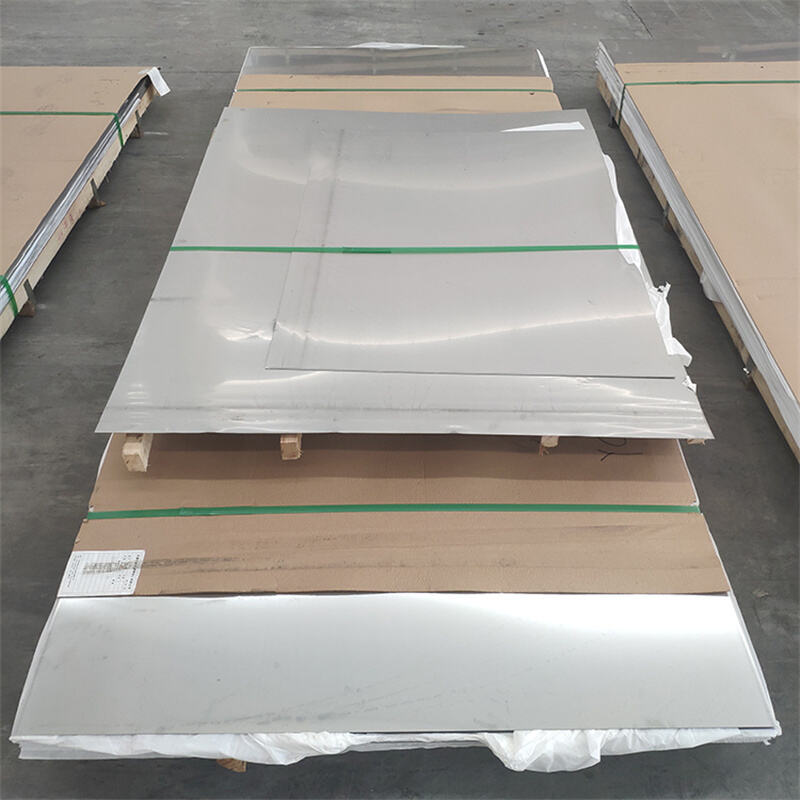In the current scenario, due to towards sustainability and future connectivity lightweight steel is being used largely in transportation. As the intelligent transportation system is shaped more and more by this innovative material. Not only does lightweight steel by Taigang Puxin improve the efficiency by reinventing vehicle design and architecture, it also adds significantly to sustainability - a growing priority in today's mobile world.
Benefits
Using materials that can be engineered to provide both strength and safety combined with a lower weight is one of the major points to smart transportations. As such, this is where advanced lightweight steel technology really comes into its own as a smart solution that doesn't require the use of exotic materials. Lightweight steel like thin stainless steel sheets allows the traditional auto design to shed weight using advanced alloys and cutting-edge manufacturing processes. It helps make cars more agile, accelerating faster. In addition, less energy is required to move light vehicles over a given distance with lower emissions and they will easily integrate electric propulsion technologies which are the heart of smart transit ideation.

Innovation
Lightweight with steel, is both an option and a fundamental for the automotive industry on its journey to sustainability. The chemistry of making batteries great again in aligning with the industry's green desires, this material vastly reduces fuel consumption and allows electric vehicles to travel further. It's also believed to take less energy and produce fewer co2 emissions in the actual production of lightweight steel compared with the use of many other materials now used at large scale by automakers. A carbon-free tomorrow, and lightweight steel like thin stainless sheet moves us there: moving toward an emissions-free future, lightweight steel technologies are essential to drive sustainability and innovation in transportation forward.
Uses
It also speaks to lightweight being more than simply changing the materials a vehicle is constructed of; it's altering car architecture as well. This will enable designers to create more lighter and technically advanced vehicles with no added off-setting weight. This change has given rise to the production of vehicles with increased crash worthiness, presaged on utilizing high-potential and ultra-high-power steels selectively in order just when safekeeping is greatly needed, all for keeping nominal weight under control. Moreover, the modularity of lightweight steel like thin stainless steel sheet metal allows manufacturers huge flexibility in production terms and perfect convergence with tomorrow's new technologies thanks to its ability to autonomously drive systems of cars and other alternative propulsion solutions.
Service
The most valuable contributions of lightweight steel technology have been its ability to increase fuel economy and extend the range limits for electric vehicles. When there is less weight on the chassis, vehicles need to exert less force in operation and this will lead internally combusted engine (ICE) based automobiles needing lesser fuel while electric ones would be gaining a higher range. This is not only for the benefit of individual drivers saving costs, but it also brings a knock-on effect to fleet operations in general and urban transportation systems - cheaper cost per km will allow wider service coverage. High-strength-to-weight steels of greater than conventional tensile strength provide the backbone to much of this fuel economy revolution in transportation.
Application
Many other reports, case studies and investigations support the successful use of light steel technologies in smart transportation systems; they have great potential to change urban mobility. Lightweight steel frame construction in electric buses boosts range and supports faster charging, while strength-steels reduces weight for energy efficient performance - all thanks to modern steels. The application of lightweight steel components for trains and trams is another example how this material can contribute in increasing capacity, energy efficiency and passenger comfort to users reinforcing its existence as part of the future smart transportation landscape.
Conclusion
The above constitutes yet another crucial step forward in the sustained safe efficient and eco-friendly vehicles we all do deserve to use. In conclusion, this will mean a shift toward more lighter steel used for transportation. Automotive design and fuel efficiency is driven by this innovative material, ushering in the prospect of a cleaner more sustainable future for transportation. Maximizing the advantages of light steel, we can create a new transportation sector that emphasizes performance, sustainability and economic development for industries looking to evolve their business models.

 EN
EN
 AR
AR
 BG
BG
 HR
HR
 CS
CS
 DA
DA
 NL
NL
 FI
FI
 FR
FR
 DE
DE
 EL
EL
 HI
HI
 IT
IT
 JA
JA
 KO
KO
 NO
NO
 PL
PL
 PT
PT
 RO
RO
 RU
RU
 ES
ES
 SV
SV
 CA
CA
 TL
TL
 IW
IW
 ID
ID
 LV
LV
 LT
LT
 SR
SR
 SK
SK
 SL
SL
 UK
UK
 VI
VI
 GL
GL
 HU
HU
 MT
MT
 TH
TH
 TR
TR
 FA
FA
 MS
MS

